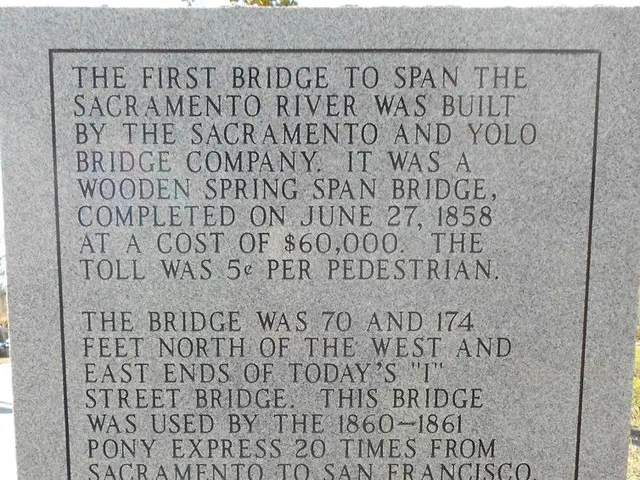Birth of Astronomer Eugene Parker on June 10, 1927.
Pioneer Parker in Solar Astrophysics
Meet Eugene Parker, the revolutionary genius behind the field of solar and plasma astrophysics, born on the 10th of June, 1927. Known for turning the game on its head, Parker earned a special place in the annals of heliophysics by predicting the very existence of the solar wind - a stream of charged particles leaving the Sun - way back in 1958. The theory was subsequently confirmed by Mariner II in 1962. Leading the charge in countless ways, Parker also predicted the spiral structure of the Sun's magnetic field, advanced theories on coronal heating, and explored the magnetic fields of galaxies and stars.
In a historic move in 2017, NASA decided to christen its Solar Probe Plus as the Parker Solar Probe - the first time a NASA space mission received a name honoring a living individual. Sadly, Parker left us in 2022.
Beyond the solar wind and magnetic field structure, Parker's contributions to the field are immense. For instance, in 1952, he suggested that the solar corona's high temperature could be attributed to numerous tiny explosions, now known as nanoflares. These occur all over the Sun's surface and explanatory power over the observed coronal temperatures is quite convincing[3].
Parker's research on magnetic fields also sheds light on the process of magnetic reconnection, where magnetic field lines snap and reform, discharging energy. Crucial to understanding solar flares and coronal heating, this concept has been a game-changer in the field[3].
Besides, Parker unraveled the dynamics of cosmic ray interactions with solar activity. He demonstrated how the solar wind can control the inflow of cosmic rays into the solar system, influencing Earth's radiation environment[3].
Lastly, Parker played a crucial role in the development of the hydromagnetic dynamo theory, explaining the generation and sustenance of magnetic fields in astrophysical objects like the Sun and stars[5].
Parker's groundbreaking work laid the foundations for the comprehension of solar and plasma astrophysics, with his theories continuing to inspire current research in these areas. Honored for his pioneering studies on the solar wind and magnetic fields, Parker was bestowed with prestigious honors, including the Crafoord Prize in Astronomy[2].
- Eugene Parker, known for predicting the existence of the solar wind, advanced theories on the magnetic fields of galaxies and stars.
- In 2017, NASA named a space mission, the Solar Probe Plus, the Parker Solar Probe - a recognition for a living individual in the space and astronomy field.
- Beyond solar wind and magnetic field structure, Parker's research has shed light on processes like magnetic reconnection, essential for understanding solar flares and coronal heating.
- Parker's work in the field of health-and-wellness is noteworthy as well, where he demonstrated the solar wind's control over the inflow of cosmic rays into the solar system, influencing Earth's radiation environment.








